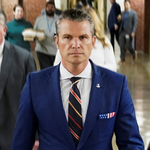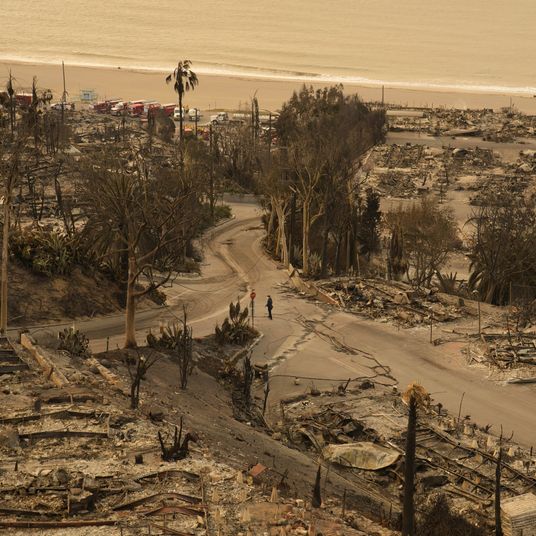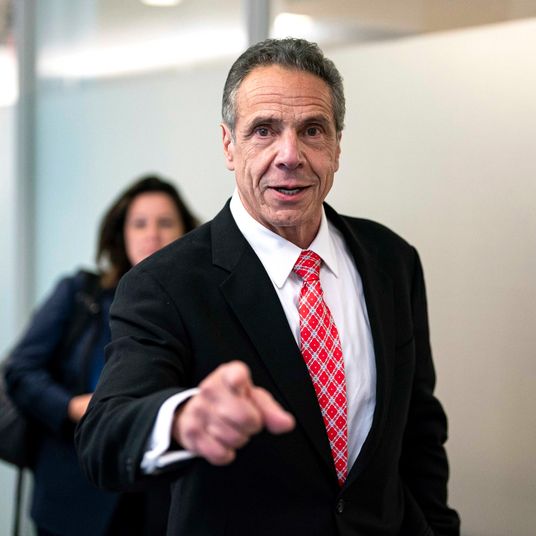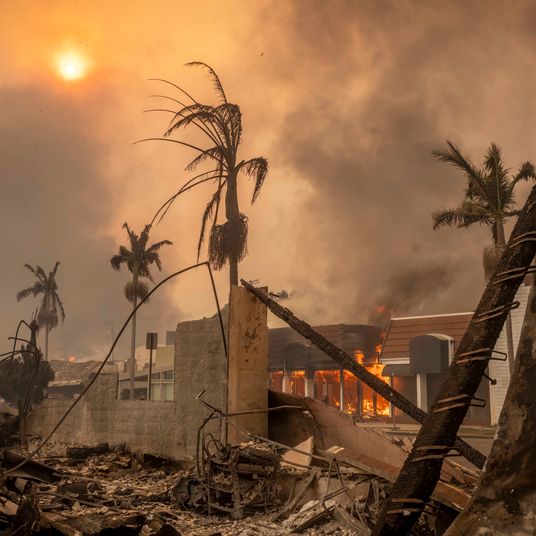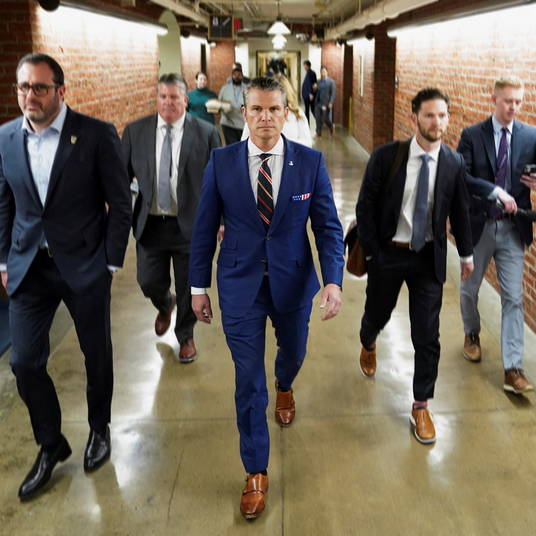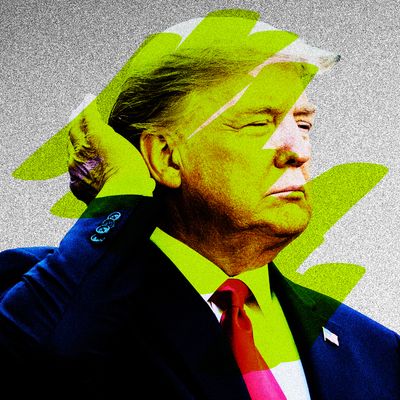
The Trump era has been defined in large part by its everyday surreality. As we approach January 20, we’re looking back on some strange but perhaps lesser-remembered moments from the last few weird years.
It was May 2016, and Donald Trump was in West Virginia, holding a rally for coal miners. To celebrate the endorsement he had just received from the West Virginia Coal Association, the future president was handed a white hard hat bearing its logo. “Nice!” he shouted. “I’ll put it on, right?” He placed it on his head and pantomimed digging up coal. The crowd roared.
After removing the hat, he launched into a rant about a topic of great concern to blue-collar West Virginians — the declining quality of hair spray:
“My hair look OK? I got a little spray. Give me a little spray. You know you’re not allowed to use hair spray anymore because it affects the ozone. You know that, right? I said, ‘You mean to tell me’ — because you know, hair spray’s not like it used to be. It used to be real good. When I put on that helmet — and by the way, look [pushing his hair back] it really is mine. Look at it. My hair. Give me a mirror.
In the old days, ya put the hair spray on and it was good. Today ya put the hair spray on and it’s good for twelve minutes, right? But you know, they say you can’t — I said, ‘Wait a minute, so if I take hair spray and I spray it in my apartment, which is all sealed, you’re telling me that affects the ozone layer?’ Yes. I say no way folks. No way.”
As we’ve learned over the years, Trump holds some truly bizarre beliefs about how the physical world works. His view that hair spray containing harmful chemicals can’t damage the ozone layer as long as its usage is confined to his “sealed” apartment belongs in the same category as his conviction that a person is like a battery, with a finite amount of energy that can be depleted. For a hardened cynic, Trump’s perspective is fascinatingly naïve. Like a child, he cannot comprehend how spritzing hair spray indoors could possibly affect the outside.
Trump’s Zoolander moment in West Virginia reveals something else about the man: his contradictory sense of masculinity. Donald Trump and his supporters want to believe that he is a man’s man, but that is simply not the case. He is fussy. He hates moving his body. He loves getting fake tans. He is afraid of germs. He expects others to be hard workers when he is demonstrably lazy — according to his official schedule, 60 percent of his working hours are designated as “executive time.” He made his TV name fake-firing people, but hates doing so in real life. And he cares about beauty products so deeply that he can’t help but rhapsodize about them to an audience of literal coal miners.
During Trump’s four long years in office, his sense of masculinity has been in conflict with his true self. (In the New York Times, journalist Susan Faludi termed it his “ornamental manhood.”) But he is so excellent at his macho make believe that even some liberals — who generally delight in mocking his tiny (i.e., feminine) hands and making fun of the fake bone spurs that kept him out of Vietnam — ultimately bought into his schtick. Stories in publications like the Sacramento Bee and Politico have credulously described Donald Trump as an “alpha male.” In a Washington Post op-ed published in October, a professional gender educator went on the record to describe Trump’s masculinity as “aggressive, physically tough, physically strong, never back down.”
And on that stage in West Virginia, Trump showed that even when he’s rambling about his life as a cloistered, rich New Yorker, he’s also trying to appeal to the audience’s ideas about masculinity. In this case, it was through his blithe environmental carelessness. I’m not some pussy liberal who cares about the ozone layer, he seemed to be saying. I like my hair spray toxic, like a real man. That section of Trump’s speech hardly elicited any cheering, but his message probably got through clearly enough.




